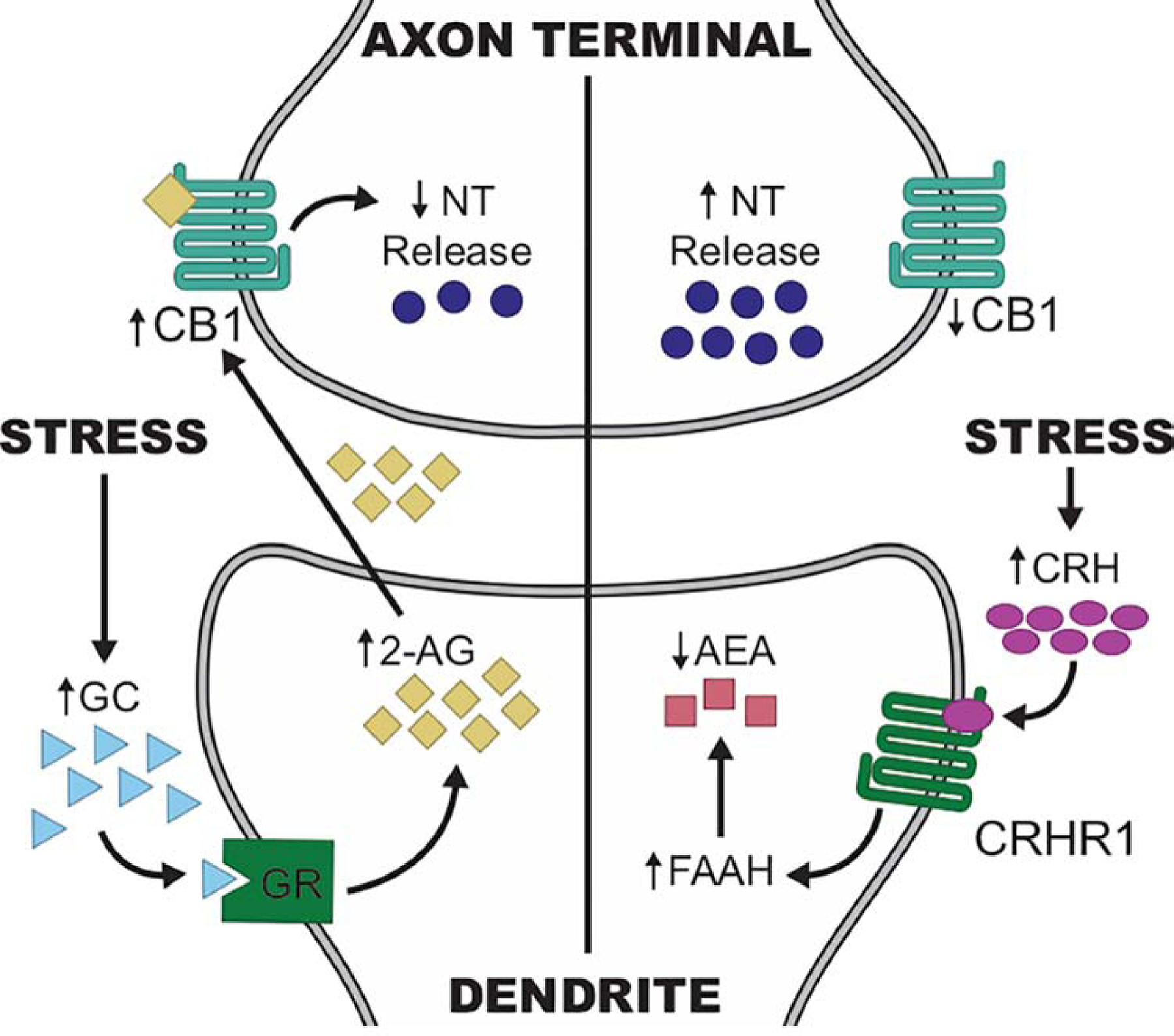Figure 2: Mechanisms linking stress exposure to changes in CB1R-regulation of synaptic signaling.

On the left hand side, stress exposure results in increased CNS glucocorticoid (GC) concentrations, which activate glucocorticoid receptors (GR) located on the plasma membrane. GR signaling triggers the synthesis of 2-arachidonoylglycerol (2-AG) which diffuses from the postsynaptic dendrite of the synthetic neuron to activate CB1 cannabinoid receptors (CB1R) on axon terminals in the immediate vicinity. The result of CB1R binding by 2-AG is reduced neurotransmitter (NT) release. On the right side, stress exposure induces release of corticotropin-releasing hormone (CRH), which binds to the G protein-coupled receptor CRHR1. CRHR1 activation results in a rapid enhancement in the activity of fatty acid amide hydrolase (FAAH), resulting in increased catabolism of N-arachidonoylethanolamine (AEA). AEA synthesis is constitutive and likely exerts tonic activation of CB1R, holding NT release low at synapses regulated by this mechanism. Activation of FAAH results in reduced AEA concentrations, leading to reduced CB1R signaling and increased NT release.
